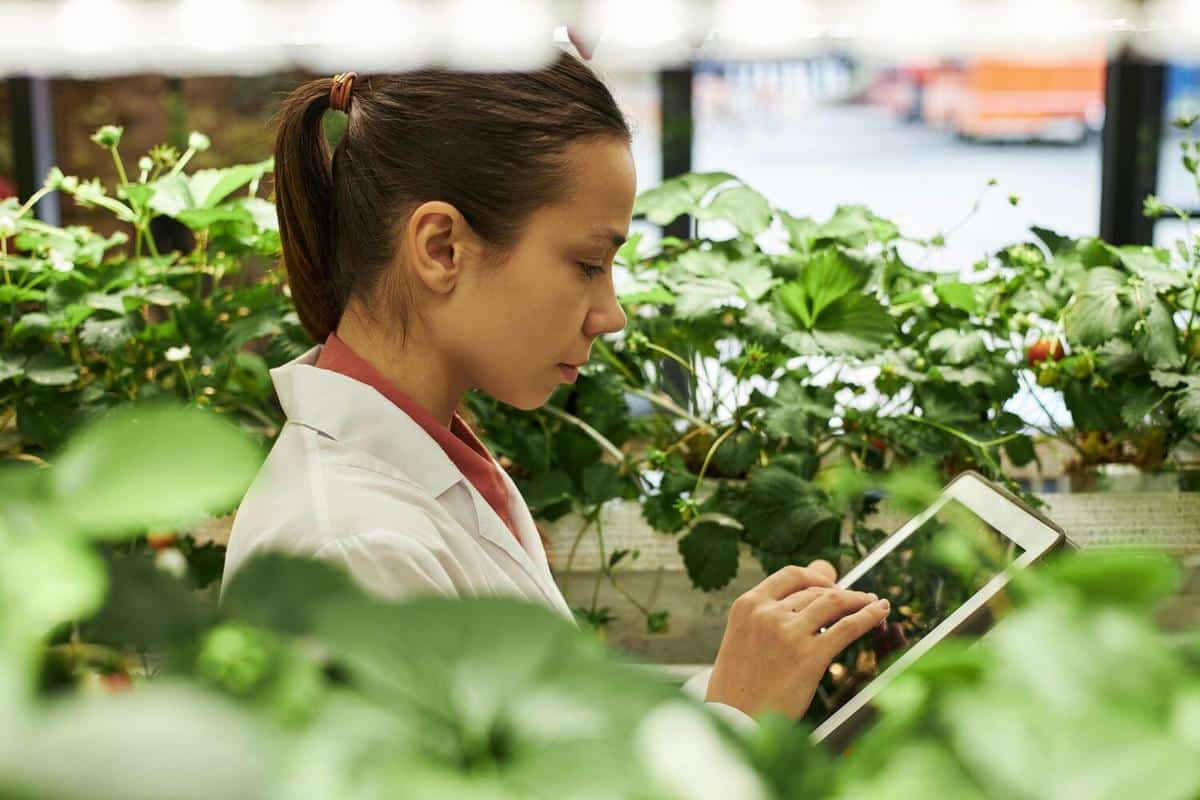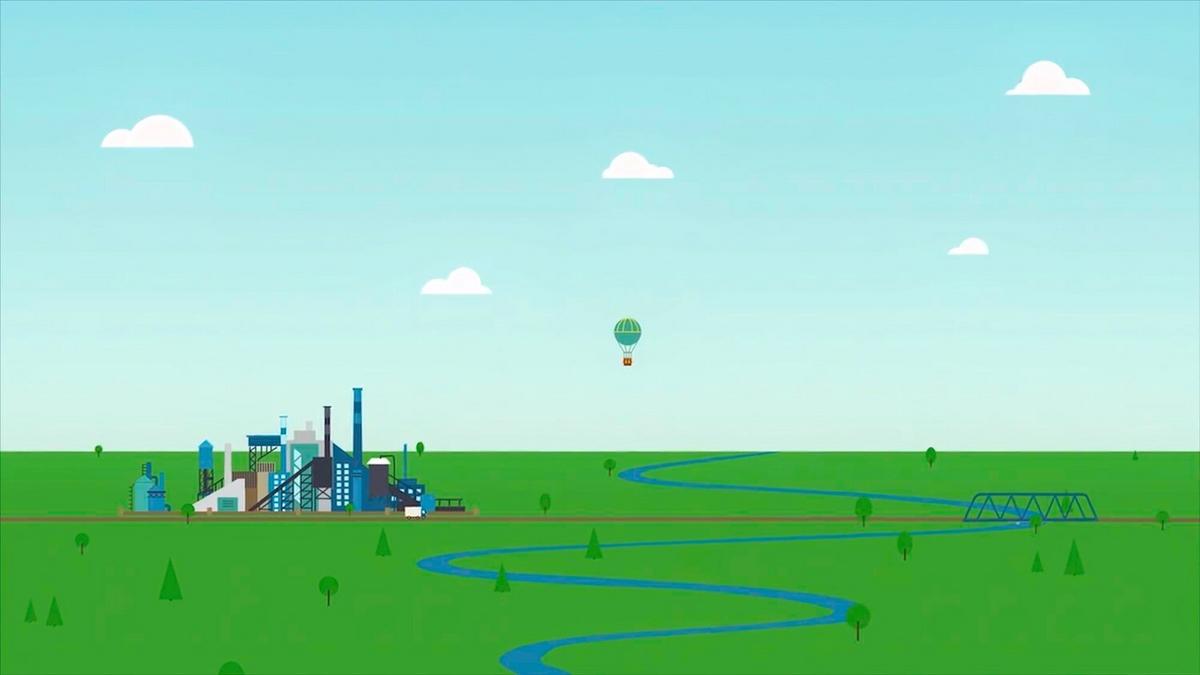
Innovations in Farming: Reducing Agricultural Emissions
As the world grapples with the pressing challenge of climate change, the agricultural sector stands at the forefront of innovation. Efforts to reduce emissions from farming activities are not only crucial for environmental sustainability but also for the future of food security.
Understanding Agricultural Emissions
Agriculture contributes significantly to global greenhouse gas emissions, primarily through methane from livestock and nitrous oxide from fertilized soils. According to the United Nations Food and Agriculture Organization, agriculture accounts for approximately 14% of global emissions.
Expert Insights
Dr. Lisa Johnson, an environmental scientist, emphasizes that “modern farming techniques and technological advancements offer promising solutions to reduce emissions while maintaining productivity.” Her insights highlight the pivotal role of innovation in transforming agricultural practices.
Innovative Techniques in Farming
- Precision Agriculture: By using GPS and IoT technologies, farmers can optimize input use, reducing waste and emissions.
- Agroforestry: Integrating trees into farmland can absorb CO2 and improve biodiversity.
- Soil Management: Techniques like cover cropping and no-till farming enhance soil health and sequester carbon.
Case Study: Emission Reduction Success
In Iowa, a collaborative project between local farmers and environmental groups has seen a 30% reduction in emissions over five years through the adoption of cover crops and rotational grazing.
Actionable Tips for Farmers
- Adopt crop rotation to improve soil health and reduce reliance on chemical fertilizers.
- Invest in renewable energy sources like solar panels for farm operations.
- Consider methane-reducing feed additives for livestock.
Pro Tip: Engage with local agricultural extension services to stay updated on the latest sustainable practices and technologies.
Table: Innovative Farming Techniques and Benefits
| Technique | Benefits |
|---|---|
| Precision Agriculture | Reduced input waste, increased efficiency |
| Agroforestry | Enhanced biodiversity, carbon absorption |
| No-till Farming | Improved soil health, carbon sequestration |
| Cover Cropping | Soil erosion prevention, nutrient retention |
| Rotational Grazing | Improved pasture health, reduced emissions |
| Methane-reducing Feed | Lower livestock emissions, improved digestion |
| Solar Energy | Reduced carbon footprint, energy cost savings |
| Drip Irrigation | Water conservation, reduced runoff |
Frequently Asked Questions
What is the most effective way to reduce emissions in agriculture?
Combining multiple innovative practices like precision agriculture and agroforestry tends to yield the best results.
How does precision agriculture help in reducing emissions?
Precision agriculture optimizes the use of inputs, thereby reducing waste and emissions associated with overuse.
Conclusion
Innovations in farming are pivotal in the global effort to mitigate climate change. By adopting new technologies and sustainable practices, farmers can significantly reduce emissions while ensuring food security. As we move forward, collaboration and continuous learning will be key in driving these advancements. Explore more about sustainable practices and their impact on climate change by visiting reputable environmental websites.


